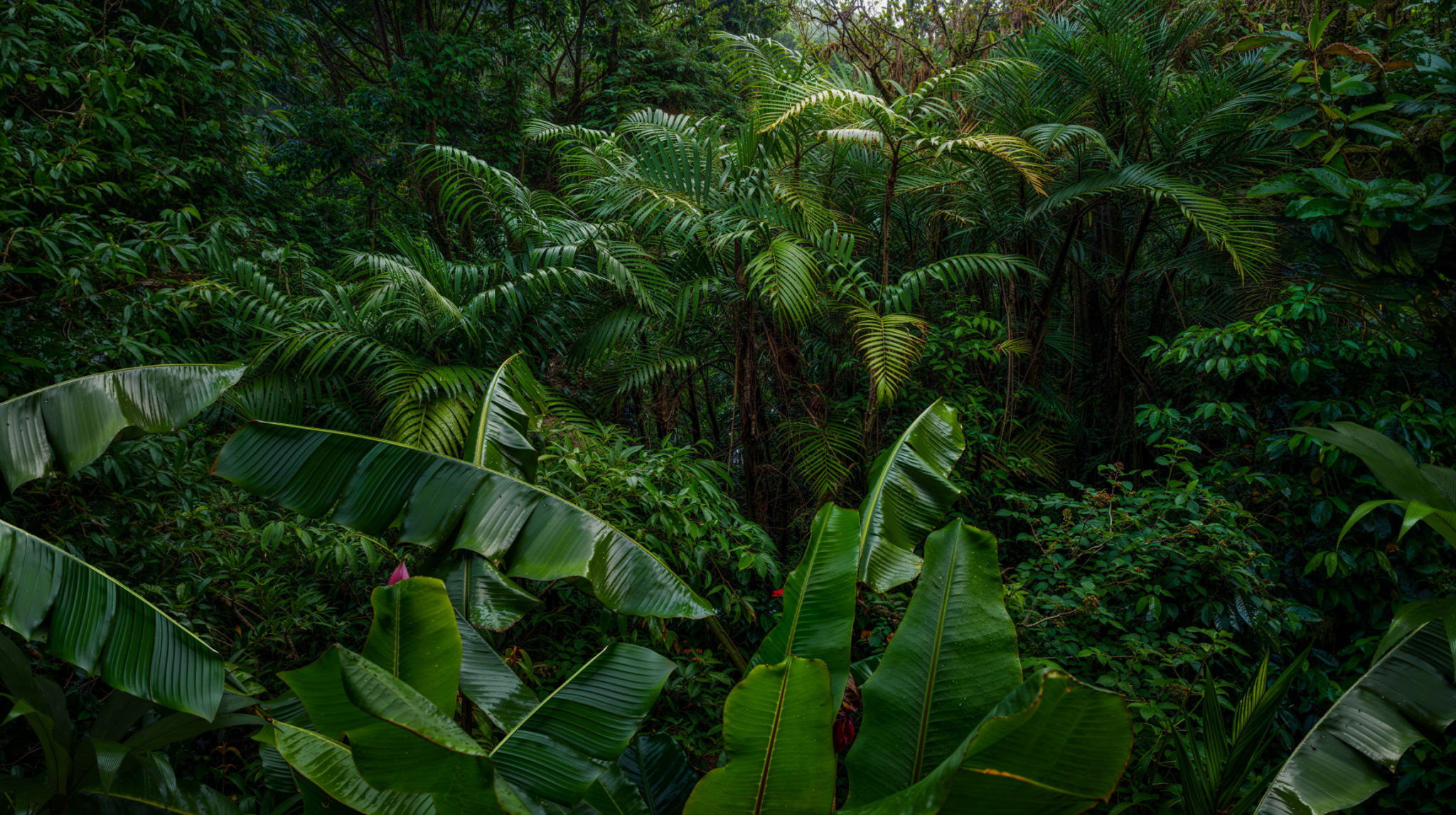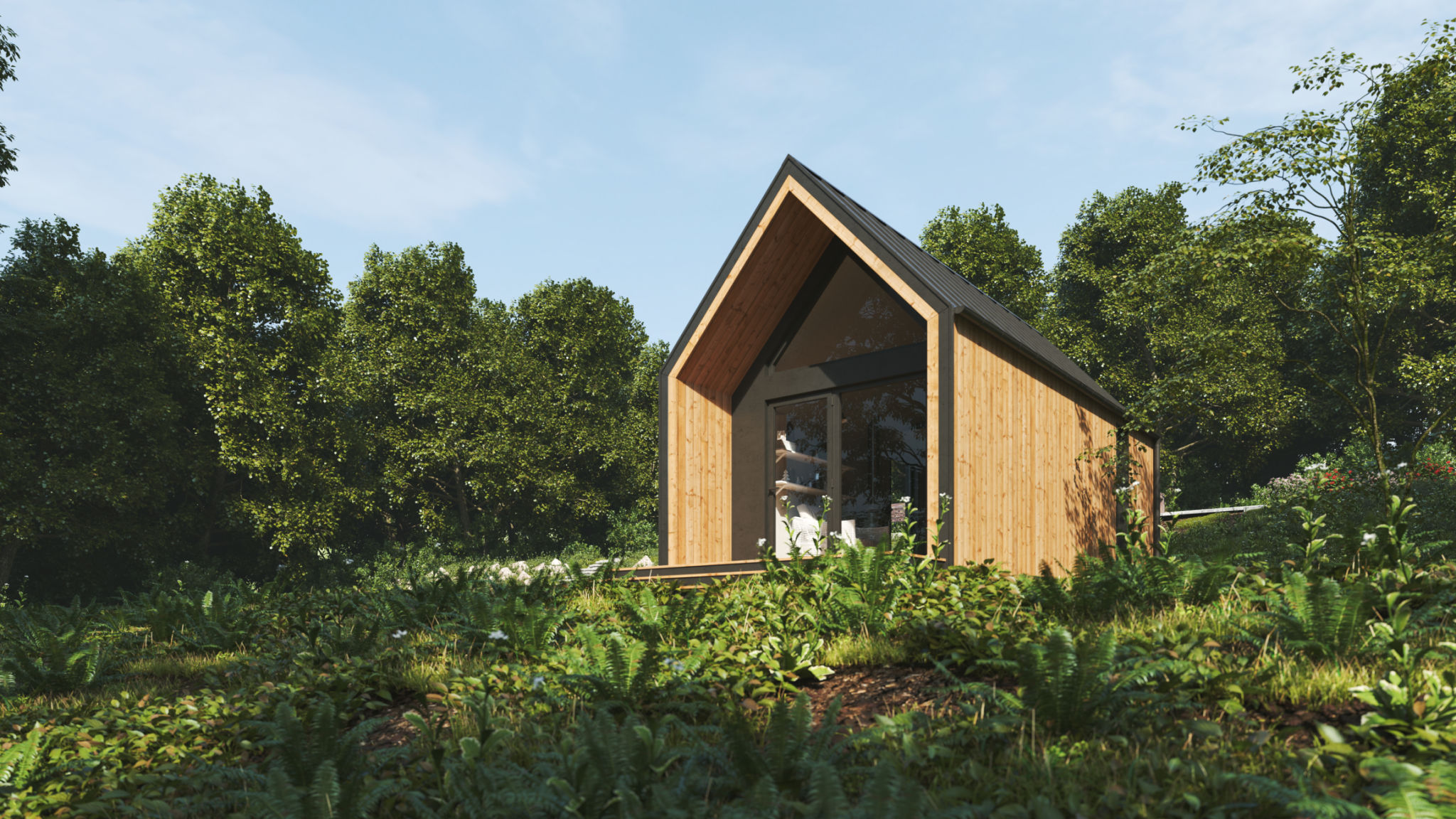How to Choose the Right Construction Materials for Malaysia's Climate
Understanding Malaysia's Climate
Malaysia's climate is characterized by high humidity, abundant rainfall, and consistently warm temperatures. These factors significantly influence the selection of construction materials. It is crucial to choose materials that can withstand such environmental conditions to ensure longevity and safety.
Understanding the climatic influences helps in making informed decisions about the kind of materials that will perform well. The tropical climate, with its heavy rainfalls and high temperatures, demands materials that are both durable and resistant to moisture.

Durability Against Humidity and Moisture
One of the primary considerations for construction in Malaysia is the material's ability to resist moisture. Materials like concrete, treated wood, and certain composites are preferable due to their moisture resistance. These materials prevent issues such as mold and structural weakening caused by prolonged exposure to humidity.
It is also important to consider the use of waterproofing solutions in conjunction with these materials to further enhance their resilience against the humid environment. Waterproof paints and sealants can be used as an additional layer of protection.
Thermal Comfort and Insulation
With high temperatures being a constant, ensuring thermal comfort within buildings is essential. Materials like clay bricks and insulated concrete forms (ICFs) provide excellent thermal insulation, helping to maintain cooler indoor temperatures by reducing heat gain.

Additionally, reflective roofing materials can be used to deflect sunlight, minimizing heat absorption. This not only contributes to a more comfortable indoor environment but also reduces energy costs associated with cooling.
Environmentally Friendly Choices
Choosing sustainable materials is becoming increasingly important in construction. Bamboo, a rapidly renewable resource, is an excellent option for structures in Malaysia due to its strength and sustainability. Similarly, recycled steel and concrete help reduce environmental impact without compromising on strength and durability.
These eco-friendly options not only contribute to environmental conservation but also often result in long-term cost savings due to their durability and efficiency.

Cost Considerations
While selecting materials, cost-effectiveness is always a critical factor. It's essential to balance initial costs with long-term benefits. For instance, while some materials may have a higher upfront cost, their durability and low maintenance requirements can offer significant savings over time.
It's advisable to conduct a cost-benefit analysis when choosing construction materials. This involves looking at the initial cost against the lifespan, maintenance needs, and overall performance in Malaysia's climate.
Conclusion
Selecting the right construction materials for Malaysia's climate requires careful consideration of durability, thermal performance, environmental impact, and cost. By understanding these factors, builders can choose materials that ensure both safety and comfort while also being economically viable.
Ultimately, making informed choices about construction materials will lead to structures that not only withstand the test of time but also contribute positively to the environment and occupants' quality of life.
